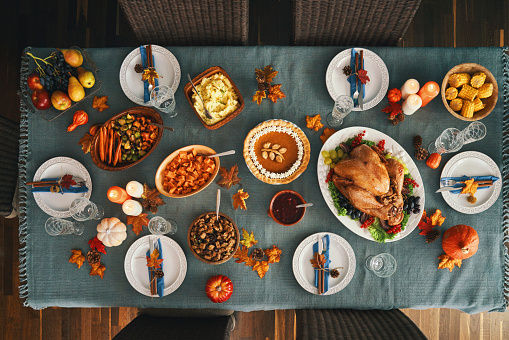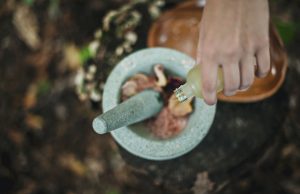While it is always a good idea to load up on savoury
dishes so you can devour them the next day, it is essential to keep your food
fresh and nutritious. Sometimes, tossing a leftover dish in the microwave oven isn’t
enough. No matter how tempting they may seem, leftovers can cause indigestion
and even food poisoning in severe cases. Here are 5 things to keep in mind when
you reheat leftovers-
1. Cool it down
After meals, give some time for your warm leftovers to
cool down. Once your leftovers drop back to room temperature, refrigerate them for
at least 2-3 hours to help retain their freshness and nutritional value.
2. The two-minute rule
Even though tossing the meal
for a few seconds in the oven seems sufficient, it is important to note that
heating leftovers for around 2 minutes help in killing off any bacteria or pathogens
resting in your food. Leftovers have the tendency to build bacteria, so make
sure to heat your food well.
Also Read: Five easy steps for cleaning cooking oil after frying
3. High heat
According to the United States Department of Agriculture (USDA),
leftovers must be reheated to an internal temperature of 73.8°C (165°F). Heating
your food at a good temperature helps to dissipate bacterial proteins and kill germs
at around 60°C (140°F).
Also Read: Food for thought: The secret recipe to raise savvy kids
4. Bye bye bacteria
Bacteria and pathogens love moisture, so it is vital to
store your leftovers properly. Using improper containers can cause bacteria to
develop, resulting in toxicity of the food. To avoid bacteria, one can also ensure
reheating foods like curries to a boiling point.
Also Read: Why eat avocados daily? This healthy fruit is good for your heart
5. Avoid reheating
too many times
If you want to ensure that your food stays nutritious, fresh, and delicious
for days, try not to reheat leftovers multiple times. Reheating once at an optimal
temperature is enough to eradicate bacterial developments. According to
experts, heating food too many times can kill off its nutritional value. Furthermore,
leftovers that are not heated well and undergo heat multiple times in a row can
heighten the risk of food poisoning.







